If you're stuck between deciding on a Carrier or Mitsubishi mini-split and need further information, you've found the right post! Whether you're looking to save more energy and money or just considering a new upgrade, we've researched everything you need to know to decide which mini-split system to choose.
If you're looking for the best value, Carrier is a low-cost mini-split in general. If you want the most efficiency, Carrier also has its latest unit with a rating of 42 Seasonal Energy Efficiency Ratio [SEER].
However, if durability and a quiet mini-split are your criteria, consider Mitsubishi because they can last for 25 years and the quietest model is 20 decibels.
By the end of this article, you'll know about the differences between the Carrier and Mitsubishi mini-split systems in terms of warranty, aesthetic options, smart features, and other factors that might suit your preferences. You'll also know enough about the pros and cons of having a mini-split. So keep reading as we dive in throughout that information.
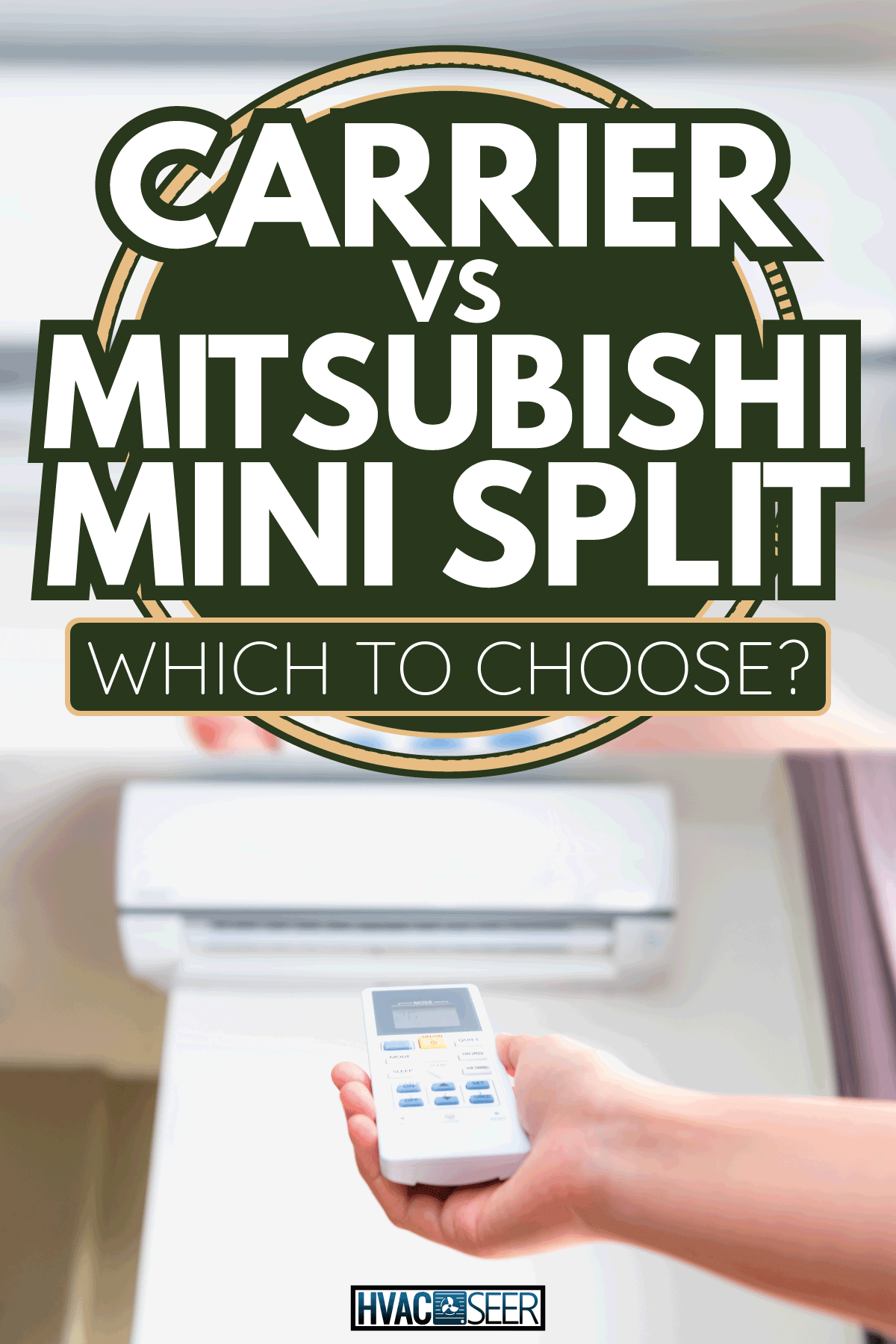
Pros and Cons of Mini Split
The mini-split ductless system is one of the most common types of air conditioners. This system is made up of two major parts: an outdoor compressor and an indoor air unit.
The power cable, suction tubing, drain, and refrigerant tubing are all connected by a conduit that connects the outdoor and indoor units.
People prefer a mini-split system to a central unit for various reasons. One reason is that it creates safe zones. Because mini-split systems do not use forced air, it is far easier to control the temperature of different areas of a house.
Furthermore, because the unit's noisiest component – the compressor – is located outside, a mini-split system produces less noise. They also require less upkeep after installation. There is almost no maintenance.
However, it is also important to note that this type of air conditioner has some drawbacks.
First and foremost, while ductless systems have lower maintenance and energy costs after installation, they are rather expensive to install, especially considering a professional contractor must perform the installation. Also, it has big indoor components that might be an eyesore to some.
Lastly, the condensate drain is located outside of the house, and if not correctly installed, it can cause stains.
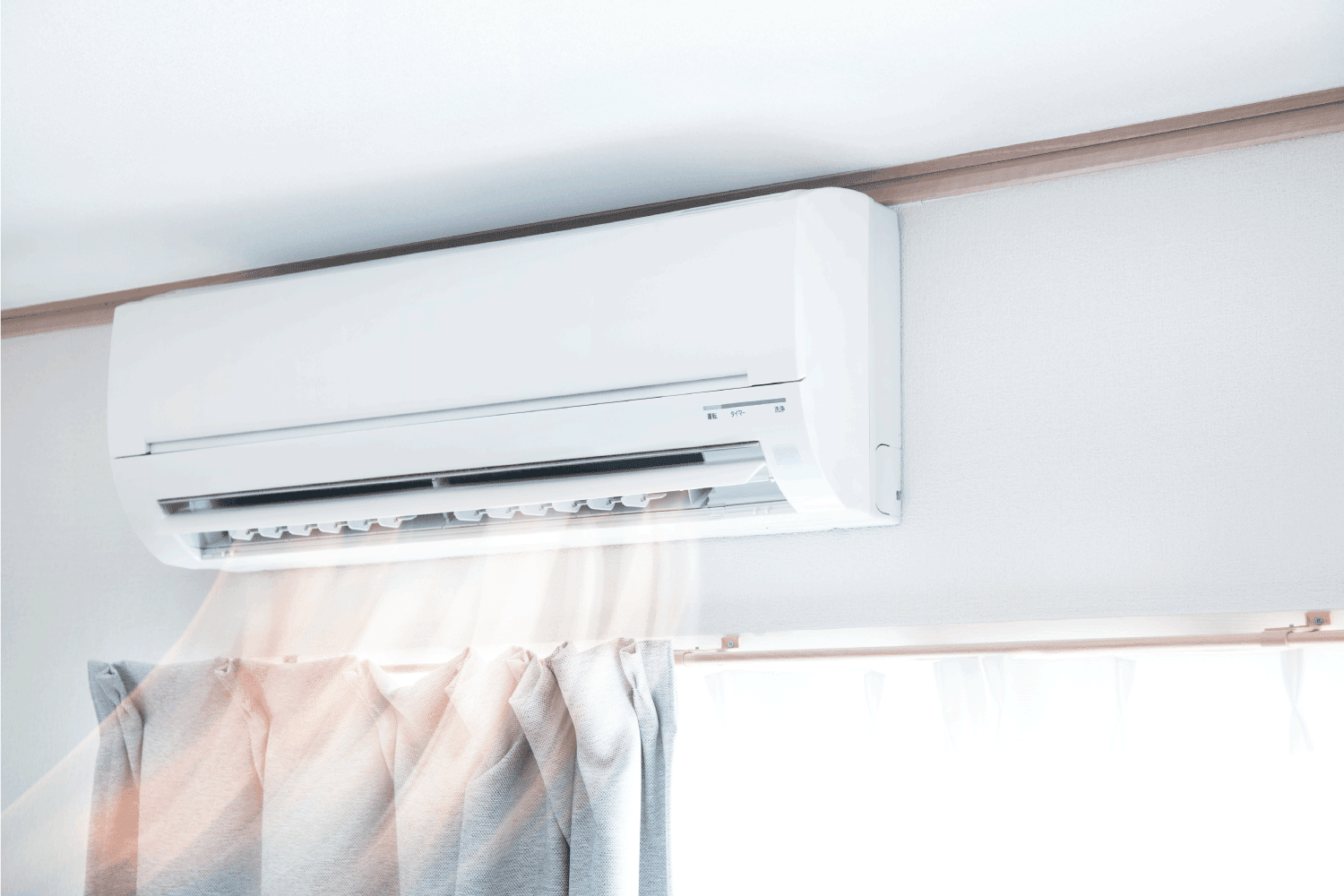
Carrier Vs. Mitsubishi Mini-Split
There are a lot of brands of mini-split available in the market, and two of them are Carrier and Mitsubishi. Before you buy one, there are a few factors you should consider.
Output Capacity
The British Thermal Unit [BTU] rating of an air conditioner measures its power. BTUs are units of energy used to remove heat from a space. As a result, the higher the BTUs of an air conditioner unit, the better equipped it is to cool a larger space.
Carrier mini-split systems are available in lower cooling capacities ranging from 9,000 BTU to 60,000 BTU. Mitsubishi ranges from 6,000 to 18,000 BTU.
Size
Carrier average ductless mini-split sizes:
- Indoor unit [air handler]: height - 12 in, width - 32 in, depth - 8.5in.
- Outdoor unit [compressor]: height - 22in, width - 31in, depth - 12in.
Mitsubishi average ductless mini-split sizes:
- Indoor unit [air handler]: height - 12in, width - 32in, depth - 9 in.
- Outdoor unit [compressor]: height - 24in, width - 32in, depth - 12in.
Carrier is a well-known brand, but it is not as large as Mitsubishi, so people with Carrier systems may have difficulty finding qualified HVAC technicians in their area. This puts their system at risk of warranty revocation, a significant financial risk.
Efficiency Ratings
Higher SEER ratings are more comfortable and convenient features than basic minimum efficiency models. SEER is deemed important enough by the government to be regulated. The minimum SEER rating recommended is 16.
The latest feature of the Carrier mini-split has the highest SEER from their premium system series that provides exceptional efficiency rating up to 42 SEER.
In comparison, their enhanced systems mini split air conditioner has a cooling efficiency of up to 25 SEER, and the standard is up to 19.8 SEER.
The SEER rating of the Mitsubishi system mostly ranges from 17 to 25. The highest-rated system has a SEER rating of 33.1.
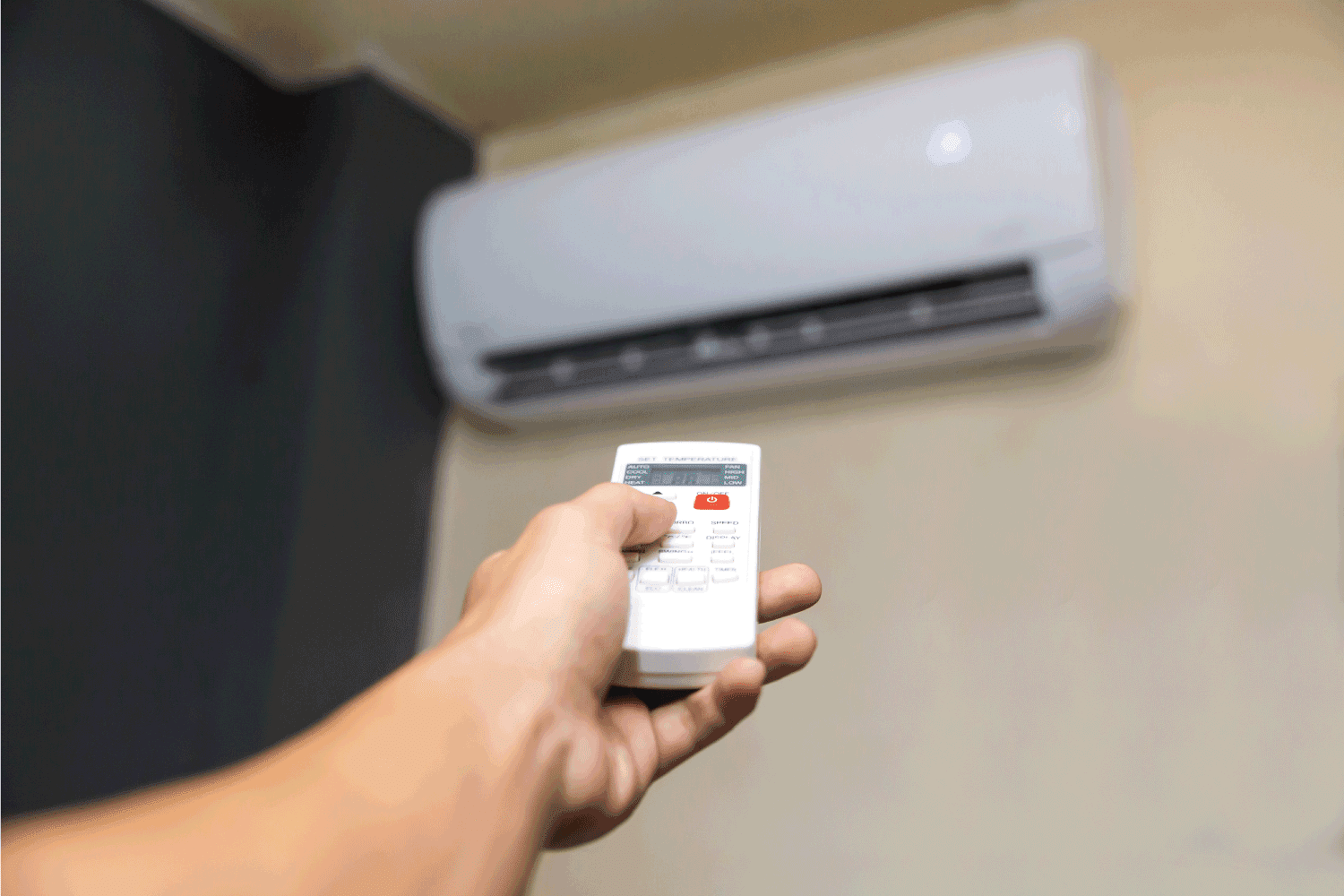
Average Running Decibels
Carrier systems have their lowest noise level unit of 27 decibels. On the other hand, the mini-split Mitsubishi is the quietest air conditioner you can find on the market. They have an average noise level of 20 decibels.
Specialized Features
Carrier mini split's features:
- Single-Zone System
- Multi-Zone System
- Auto-restart function
- Follow Me [senses temperature at handheld remote]
- Intelligent Eye
- Wi-Fi Built-in
- Basepan heater
- Aluminum Golden Hydrophilic pre-coated fins
- Refrigerant leakage detection
Mitsubishi mini-split features:
- Single-Zone System
- Multi-Zone System
- 3D i-see Sensor
- Dual Vane with multiple airflow settings
- Nano Platinum Filter
- Deodorizing Filter
- Dual Barrier Coating on heat exchanger
- ElectroStatic Anti-Allergy Enzyme Filter
- Variable-speed blower
- Advance Occupant Detector
- Remote with Kumo Cloud App
Operating Range
The ability of Mitsubishi mini-splits to operate in extreme temperatures is a frequently cited feature.
Mitsubishi ductless mini-splits provide the outdoor ambient temperature at -13 °F and 100% heating capacity at five °F outdoor ambient temperature. Their systems efficiently cool homes in scorching temperatures, keeping comfort levels high and energy bills low.
Carrier's systems also have some impressive operating range statistics, such as 100% cooling capacity at -22° F and 100% heating capacity at 0° F. Their single-zone systems outperform Mitsubishi, but Mitsubishi operates at a wider range of outdoor temperatures for multi-zone mini-splits that are ideal for whole-home heating and cooling.
Installation
Installation is simple because there are no ducts to tear open, patch, or repaint! There is also no need for additional wiring because the outdoor unit powers the indoor units.
But these aren't DIY mini-split systems. The system must be charged by a licensed technician with a refrigerant certification.
In some cases, a homeowner can complete all of the preliminary work and install the outdoor condensing unit and indoor air handler before hiring an HVAC professional to charge the system with refrigerant. This is applied to both brands Carrier and Mitsubishi.
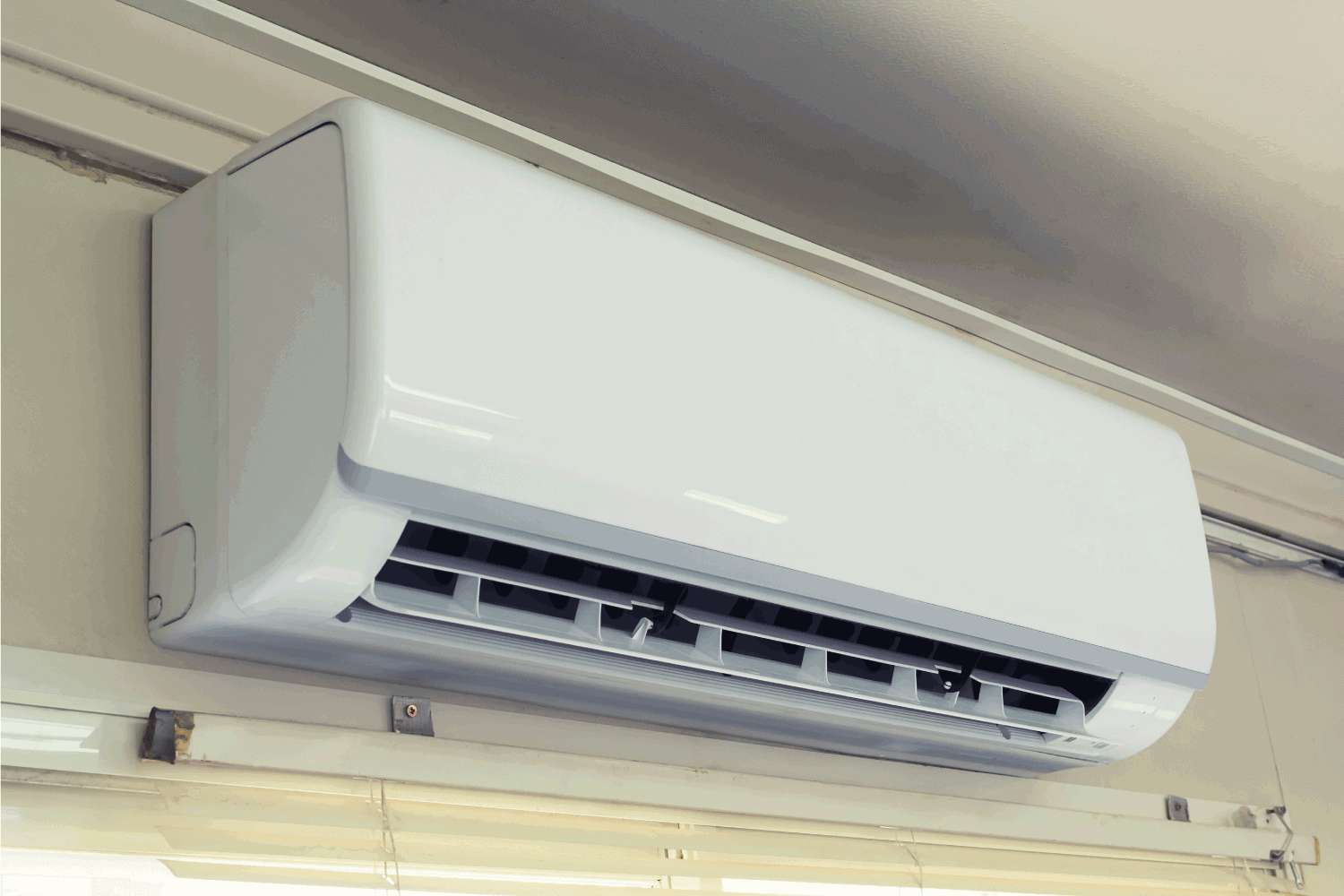
Unit Price
The cost of Carrier mini-split units ranges from $2,000 to $8,000, but the installed cost ranges from $2,900 to $9,500. Also, for the Mitsubishi mini-split, the estimated installed cost ranges from $4,000 to $20,000 depending on the zone system you will choose, the job's complexity, and the type of house.
Parts/Repair Cost
Calling your local dealer to schedule a mini-split repair service at the first sign of trouble can help you avoid a more costly problem or total system replacement later.
The total cost of repair for both brands will vary greatly depending on several factors, but you should budget between $5,000 and $8,000 per zone.
If you have more than two zones, expect to pay $11,000 or more. Expect to pay $20,000 or more for a whole house of ductless units. This translates to a total range of $5,000-$30,000, or even more.
Lifespan
When you purchase a quality system of a mini-split from Carrier, you can expect 10 to 15 years of efficient, reliable use.
Meanwhile, Mitsubishi's higher initial cost is offset over time by a longer warranty and a longer life span. Mitsubishi's premium quality materials result in 17 to 25 years of life span.
Warranty
Mitsubishi air conditioners have industry-leading warranties. A 12-year warranty covers indoor air handlers and outdoor air condensers. Carrier's models come with a 10-year warranty.
A two-year difference may appear insignificant, but when you consider that the likelihood of required maintenance increases as the system ages, those two years of coverage are significant.
Maintenance Needs
Maintaining your mini-split regularly is an effective way of improving its performance, efficiency, and longevity.
Aside from their longevity, Mitsubishi mini splits are simple to maintain. They come with multiple reusable filters that can be cleaned monthly.
Both Carrier and Mitsubishi mini splits are ductless, which reduces maintenance for a home's central heating system.
Mini-split maintenance, including an annual tune-up and inspection by a trusted HVAC technician, is recommended for the best results.
Availability
If you want to find your installer, Carrier mini-split units can be purchased at many big-box stores, such as Home Depot or Menards. There are also many online websites where you can order whatever Carrier mini-split system you want.
For Mitsubishi, it is important to purchase your mini-split from a trusted source. Mitsubishi Electric contractors are authorized dealers and servicers throughout the United States. They have access to large inventories of mini-split systems and components, so contact one in your area first.
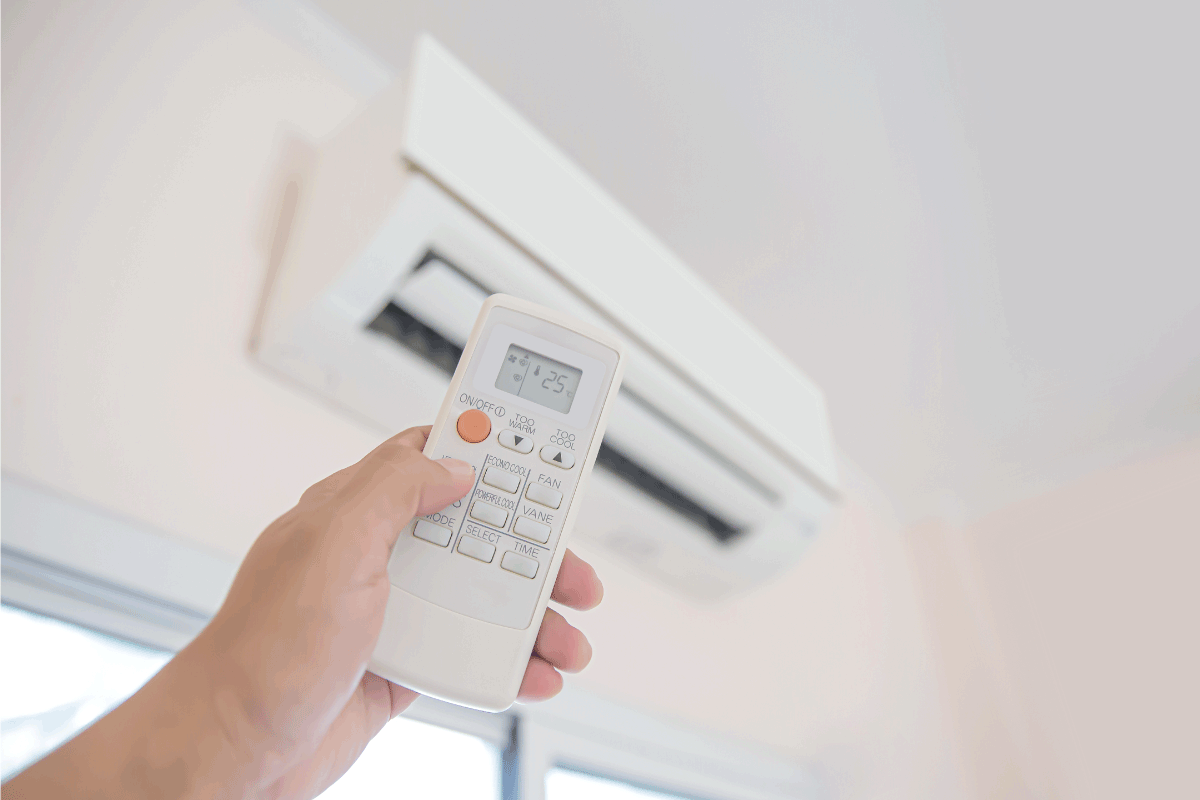
Wrapping Things Up
Carrier has the cheaper mini-split air conditioning overall. Their latest edition also has the highest SEER rating. However, Mitsubishi mini splits have a longer lifespan and warranty.
To ensure you get the best mini-split air conditioning system, look at the energy ratings, features, indoor and outdoor component dimensions, and other factors that suit your needs.
Please check for more of our posts below, which will help you where to install and how to maintain your mini-split properly.
Where Should A Ductless Mini Split Air Conditioner Be Installed?
